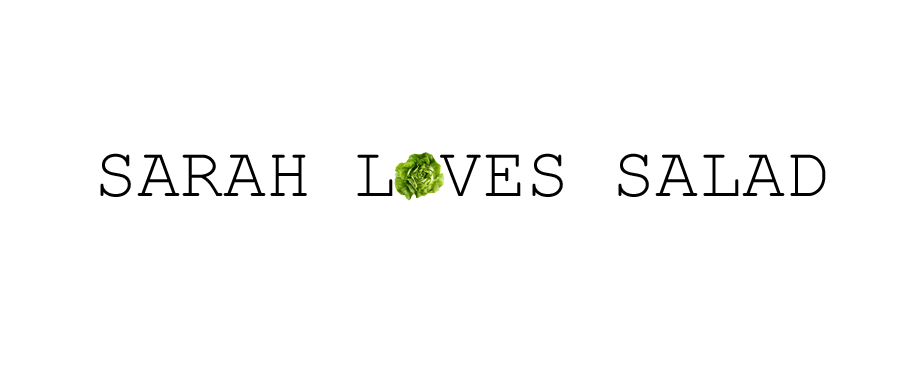Back in October, I made Samin’s Lingurian Focaccia three weekends in a row. What can I say, other than pregnancy.
I don’t have much to contribute to this, honestly, perfect recipe. But I did make one tweak which was, I added 1 cup of sourdough starter and scaled the flour and water back accordingly. Groundbreaking. I know.
I’ve copied Samin’s instructions here and adjusted the quantities as I mentioned to include the starter and included a few notes that are in italics. I’ve been pretty successful when I’ve worked with yeast, but I’m by no means at seasoned bread baker, but I have to say, I found this focaccia really quite easy. I also highly recommend watching Samin make it with Brad Leone over in BA’s test kitchen.
For the dough:
475 grams lukewarm water
½ teaspoon active dry yeast
15 grams honey
740 grams all-purpose flour
1 cup sourdough starter
18 grams Diamond Crystal Kosher salt
50 grams extra-virgin olive oil, plus more for pan and finishing
Flaky salt for finishing — I used Maldon here
For the brine:
5 grams Diamond Crystal Kosher Salt
80 grams lukewarm water
In a medium bowl, stir together water, yeast, and honey to dissolve. In a very large bowl, whisk flour and salt together to combine and then add yeast mixture, sourdough starter, and olive oil. Stir with a rubber spatula until just incorporated, then scrape the sides of the bowl clean and cover with plastic wrap. Leave out at room temperature to ferment for 12 to 14 hours until at least doubled in volume.
When dough is ready, spread 2 to 3 tablespoons oil evenly onto a 18-by-13 inch (46-by-33 cm) rimmed baking sheet — covered with parchment if your rimmed baking sheets aren’t as immaculate as Samin’s and Brad’s. Use a spatula to release dough from the sides of the bowl and fold it onto itself gently, then pour out onto pan. Pour an additional 2 tablespoons of olive oil over dough and gently spread across — I actually don’t find this necessary, the 2 to 3 tablespoons that I have drizzled on the baking sheet, end up pooling a bit in the corners, and so I spoon it over the stop of focaccia. Gently stretch the dough to the edge of the sheet by placing your hands underneath and pulling outward. The dough will shrink a bit, so repeat stretching once or twice over the course of 30 minutes to ensure dough remains stretched.
Dimple the dough by pressing the pads of your first three fingers in at an angle. Make the brine by stirring together salt and water until salt is dissolved. Pour the brine over the dough to fill dimples. Proof focaccia for 45 minutes until the dough is light and bubbly.
Thirty minutes into this final proof, adjust rack to center position and preheat oven to 450°F (235°C). If you have a baking stone, place it on rack. Otherwise, invert another sturdy baking sheet and place on rack. Allow to preheat with the oven until very hot, before proceeding with baking.
Sprinkle focaccia with flaky salt. Bake for 25 to 30 minutes directly on top of stone or inverted pan until bottom crust is crisp and golden brown when checked with a metal spatula. To finish browning top crust, place focaccia on upper rack and bake for 5 to 7 minutes more.
Remove from oven and brush or douse with 2 to 3 tablespoons oil over the whole surface (don’t worry if the olive pools in pockets, it will absorb as it sits). Let cool for 5 minutes, then release focaccia from pan with metal spatula and transfer to a cooling rack to cool completely — The second time I made this, I made the mistake of not removing it from the baking sheet finish cooling and because of the brine and oil, it was not as crisp on the bottom, so definitely remove it from the baking sheet to cool.
To store, wrap in parchment and then keep in an airtight bag or container to preserve texture. Gently toast or reheat any leftover focaccia before serving. Alternatively, wrap tightly to freeze, then defrost and reheat before serving.

